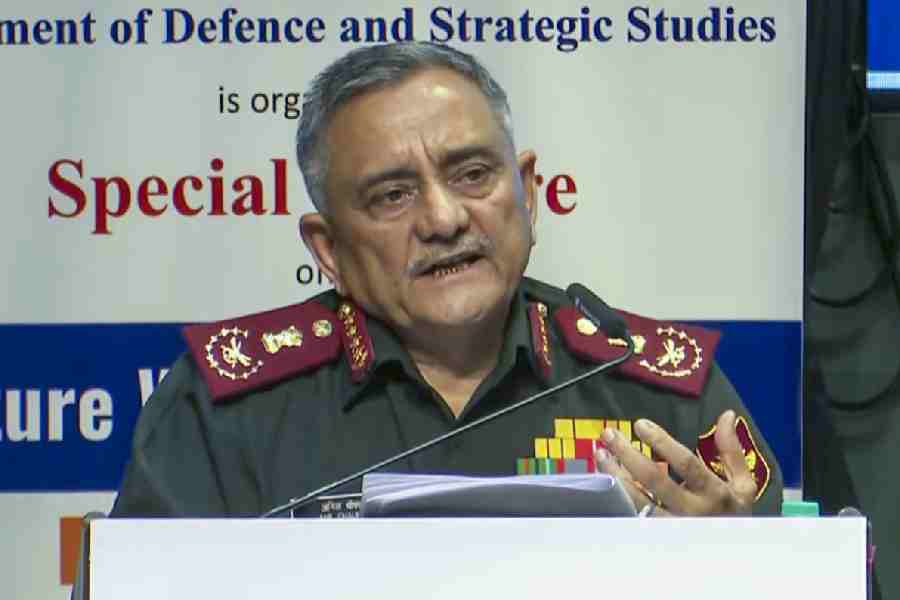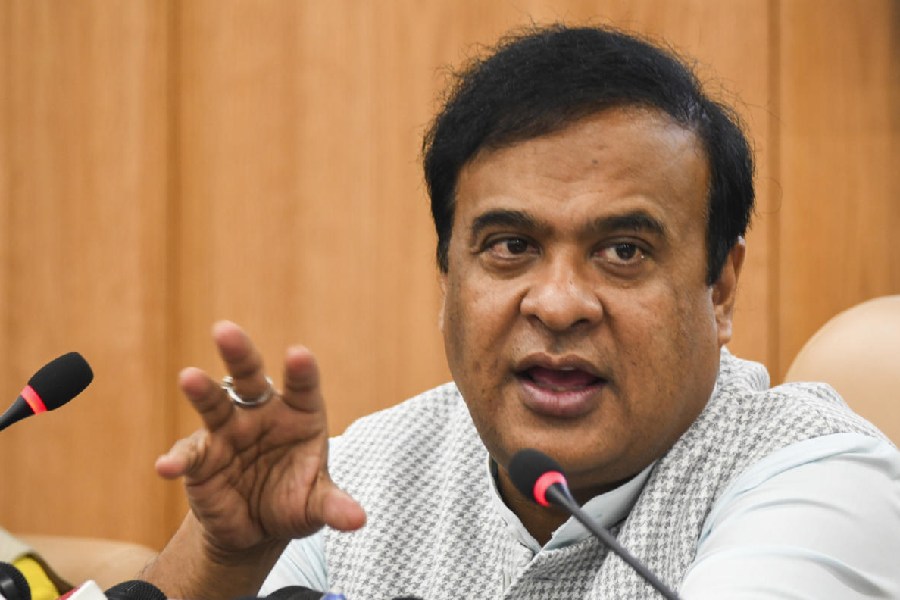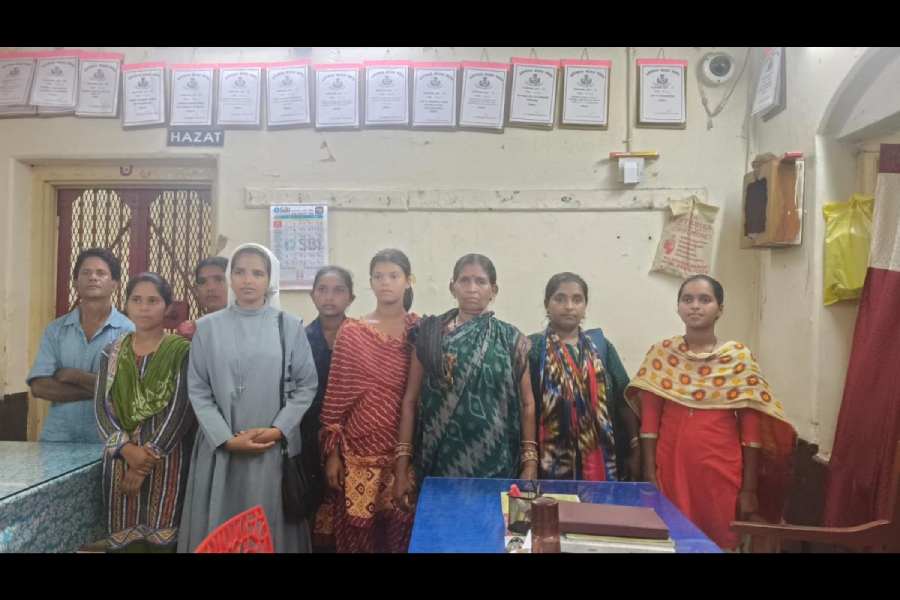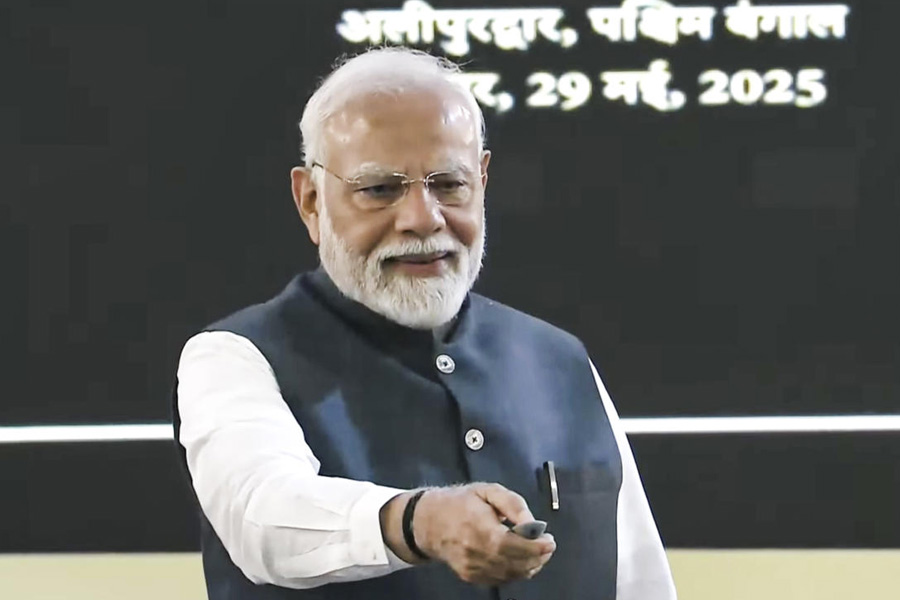 |
CONTENTIOUS MARRIAGES, ELOPING COUPLES By Prem Chowdhry, Oxford, Rs 695
While explaining why such marriages are labelled as ‘contentious’, Chowdhry says that this could only be understood by highlighting the institution’s relationship with two crucial concepts — caste and kinship. In a rural economy, the control over land and the means of production are of considerable importance, and marriage is used as a mechanism to strengthen a community’s hold over these elements. Hence, the close surveillance on marriages in rural India and semi-urban townships, which, in turn, also explains why attempts to breach such a system are always met with stiff resistance.
Despite the overwhelming odds, attempts to break free of such a stranglehold are on the rise. Chowdhry locates these recurrent challenges in material and ideological changes within the post-colonial order, and adds that nearly every single act of such ‘deviancy’ is a function of the changing dynamics of power among, and within, caste groups. The violence used to delegitimize such unions mirrors a conservative culture that cuts across class and caste equations.
In the opening chapter, Chowdhry points to certain continuities between colonial and post-colonial India. The author uses records of court cases to suggest that the colonial state was in favour of settling these disputes by taking cognizance of the dominant caste endogamy. Yet, at the same time, it also sought to legitimize inter-caste marriages in the eyes of the law.
The shifts in marriage practice gathered momentum after independence. Significantly, Chowdhry says that such marriages are boisterous affairs, attended by members of both families. However, the community, represented by the caste panchayat, continues to frown upon these relationships, and often punishes such intransigence in the name of ‘protecting’ tradition.
The other horror, in the eyes of the conscientious panchayat, is inter-caste unions, an institution which is considered to be “greatly detrimental” to the existing caste status quo. Chowdhry makes use of case studies to argue how these associations are interpreted as attempts to attain vertical mobility on the part of the lower castes, especially, the Dalits. Invariably, these disputes are settled in a discriminatory manner, and always in favour of the upper caste, which, Chowdhry concludes, signifies the triumph of tradition over the law of the land.
Chowdhry’s research also shows how marriages in rural India are stripped of the notions of desire, love and individual choice. Social inequality and “extra-judicial” agencies such as the caste panchayats trample on the rights of the individual, with the help of a conniving administration.
Indeed, the triumph of domineering traditions hints at a failure of another kind: the State’s inability to secure the lives of citizens. After all, it is the absence of State intervention that turns the legal into the illegal, legitimizing such public crimes as the lynching of run-away couples.
Chowdhry also provides an interesting explanation of this kind of failure on the part of the State, its unwillingness to intervene in the lives of citizens, especially women. The examination of a series of court cases in Punjab and Haryana shows how the State often succumbs to patriarchy. These cases reveal that a woman, even in the eyes of the law, often has no right to make a choice. She is therefore punished for her waywardness, and the censure becomes an extension of the State’s attempt to control women, their bodies and desires. Widow remarriage is a case in point. Despite the putting in place of protective laws like the Hindu Succession Act of 1956, widows lead vulnerable lives. The “subversion” of the mechanisms of empowerment has made widows victims twice over: in the hands of an oppressive culture, and then of an indifferent State.
In the course of her research, Chowdhry stumbles upon a curious fact. Young men and women, who often defy normative traditions, are also the biggest critics of inter-caste marriages. In the final chapter, Chowdhry revisits some of the earlier questions and concludes that social, political and economic changes have led to new and bolder attempts on the part of young people to question traditional kinship, caste and marital ties. These, ironically, have led to the emergence of a “restrictive marriage market”, and sharper, more violent, responses to such questionings.
Chowdhry has written a book which offers solidly researched insights into an India that takes one step backwards for every step forward.











